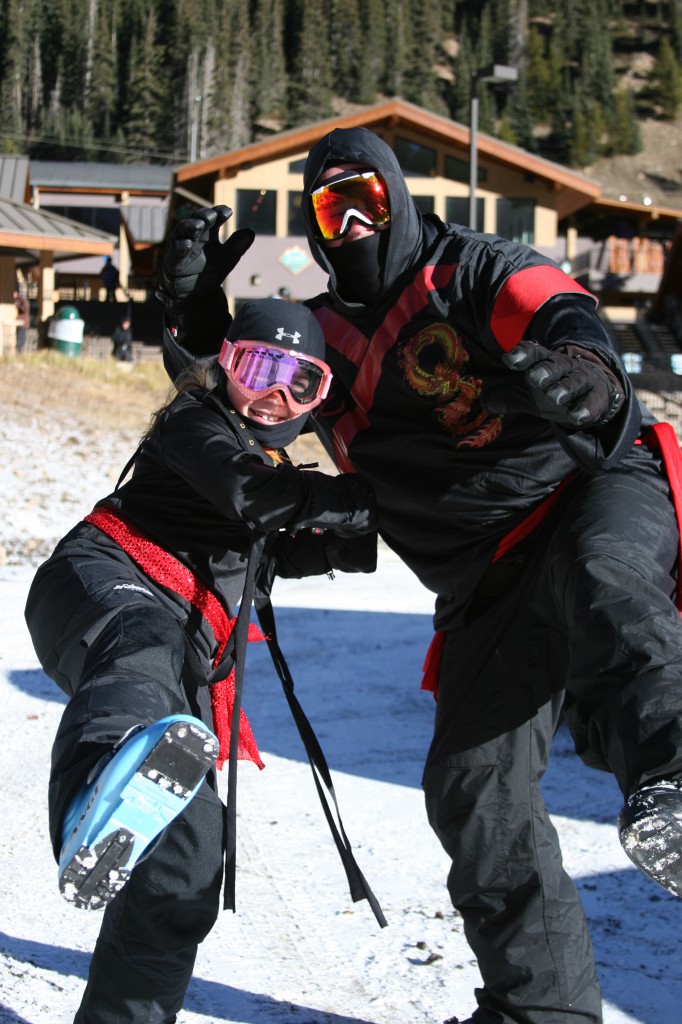Preventing Winter Sports Injuries

Winter is here – Learn how to protect yourself from common winter sports injuries. Our community is filled with excitement and ready for the first real snowfall of the season. A-Basin and Loveland are open and beckoning skiers and snowboarders. Before you begin your winter sports routine in full force, though, it’s important to know the risks of participating in these activities and how to prevent injuries that could keep you on the sidelines. A real bummer when you have been so excited to get out.

According to the American Academy of Orthopaedic Surgeons, more than 290,000 people were treated for winter sports injuries in 2014. These injuries include anything from sprains and strains to more significant dislocations and fractures.
There are several things you can do to prevent injuries from occurring during winter sports activities:
Never go out alone.
Keep in shape and condition your muscles before beginning winter exercise. Weight training is a great way to boost your performance as it helps skiers learn how to push, turn and adjust along the slopes. Yoga can also help to loosen muscles and improve extension.
Don’t skip the warm-up. Cold muscles, tendons and ligaments are vulnerable to injury. If you have a previous injury or sore area that you know needs a little extra protection, make sure to look into the right equipment whether that be an elbow sleeve for men or shin compression socks. Think about doing some light jumping jacks, jogging and stretching for a few minutes prior to exercising outside.
Wear appropriate protective gear: goggles, helmets, gloves and padding. Helmets are important for winter sports enthusiasts of all ages to wear – not just children. Make sure that all of your equipment fits well and is in good condition. Gear that isn’t properly maintained may not offer full protection.
Wear several layers of light, loose and water- and wind-resistant clothing for warmth and protection. Proper footwear will also provide warmth and dryness in addition to appropriate ankle support.
Practice makes perfect. Take at least one lesson from a professional instructor, especially in sports like skiing and snowboarding. Learning how to fall correctly and safely can reduce your risk of injury.
Look at the weather forecast before you head out. Pay attention to warnings about upcoming storms and severe drops in temperature.
Seek shelter and medical attention immediately if you, or anyone with you, is experiencing hypothermia or frostbite. Common symptoms of hypothermia include shivering that stops as hypothermia worsens, clumsiness, slurred speech or mumbling, confusion or drowsiness. In the case of frostbite, you may experience a burning to stinging sensation, blue skin or redness, blistering, numbness or waxy skin.
Drink plenty of water before, during and after activities.
Don’t consume alcohol or use recreational drugs while exercising. These may blunt your ability to react quickly and assess your levels of pain or fatigue.
With these tips in mind, enjoy the snow – and the fun – this season!
– Patricia Dietzgen, D.O. is a family medicine physician practicing at the Kaiser Permanente Frisco Medical Offices
MTN Town Magazine – We are Colorado’s Mountain Town Magazine sending healing, joyful vibes to #NateStrong

MTN Town Media Productions Copyright 2016 MTN Town Magazine all rights reserved.
